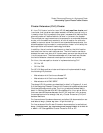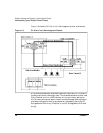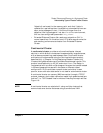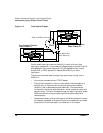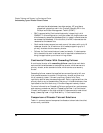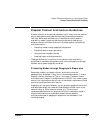
Disaster Tolerance and Recovery in a Serviceguard Cluster
Understanding Types of Disaster Tolerant Clusters
Chapter 1 31
Table 1-1 Comparison of Disaster Tolerant Cluster Solutions
Attributes
Extended Distance
Cluster
CLX
Continentalclusters
(HP-UX only)
Key Benefit Excellent in “normal”
operations, and partial
failure. Since all hosts
have access to both
disks, in a failure
where the node is
running and the
application is up, but
the disk becomes
unavailable, no failover
occurs. The node will
access the remote disk
to continue processing.
Two significant benefits:
• Provides maximum
data protection.
State of the data is
determined before
application is
started.
If necessary, data
resynchronization is
performed before
application is
brought up.
• Better performance
than Extended
Distance Cluster for
resynchronization,
as replication is done
by storage
subsystem (no
impact to host).
Increased data
protection by
supporting unlimited
distance between data
centers (protects
against such disasters
as those caused by
earthquakes or violent
attacks, where an
entire area can be
disrupted).



